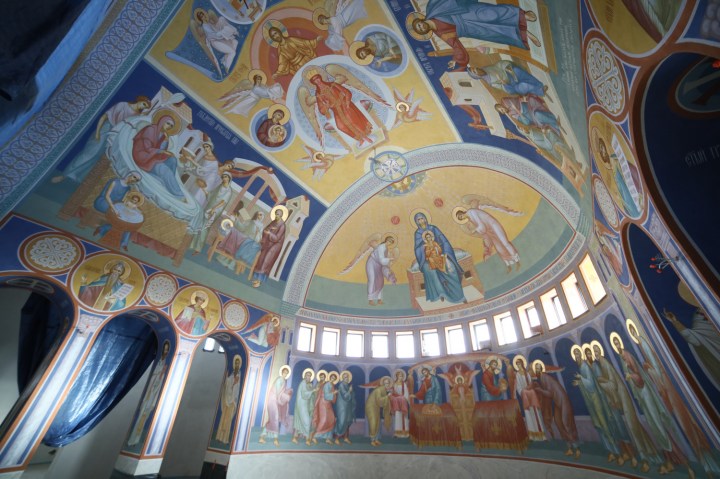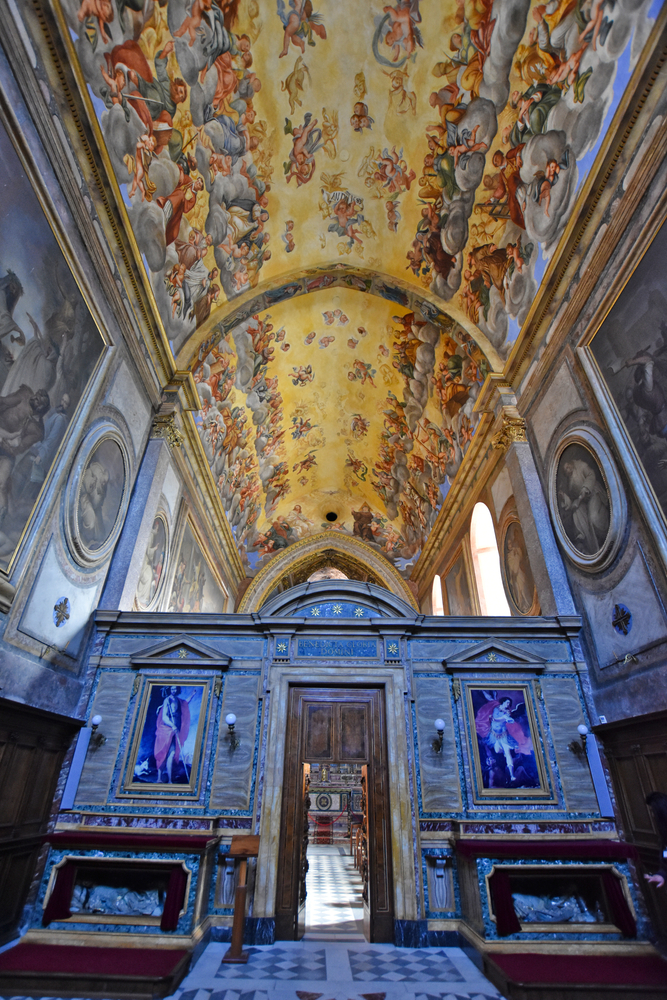Lenten Campaign 2025
This content is free of charge, as are all our articles.
Support us with a donation that is tax-deductible and enable us to continue to reach millions of readers.
Emily von Hoffmann had a long conversation with Dr. Julio Bermúdez, the director of a study that uses neuroimaging methods (basically, MRIs) to capture the effects of architecture on the human brain. His discoveries prove something that architects have intuitively known for centuries: buildings designed for contemplative purposes affect our mental states.
What Bermúdez discovered, back in 2014, is what he has labeled “contemplative architecture” or “phenomenologies of our built environment:” the constant presence of a certain kind of architecture in everyday life produces the very same health benefits that traditional induced meditation and contemplation does. But, obviously, with way less effort invested by the person.
It is, let’s say, an “automatic way to meditate.”

“Contemplative architecture” generally includes a series of elements that have always been part of religious architecture. Bermúdez explains that it is logical to expect that “societies do not only perceive the direct relationship between beauty and the experience of beauty throughout time, but that they also seek to exploit it and use it in any building,” regardless of where it was built, for religious, academic, scientific or even personal purposes.

One of Dr. Bermúdez’s experiments consisted of showing 12 architects a series of pictures of contemplative and non-contemplative buildings, from their façades to their inner spaces. He then measured their brain activity to map their reactions as they looked at the pictures and imagined themselves entering the buildings.
The image catalogue for “contemplative places” included the Alhambra, Agrippa’s Pantheon, Chartres’ Cathedral, the Salk Institute and LeCorbusier’s Ronchamp Cathedral. So far, the research has proven that, against what some of the apostles of practicality preach, architectonic design is not a mere accessory.


